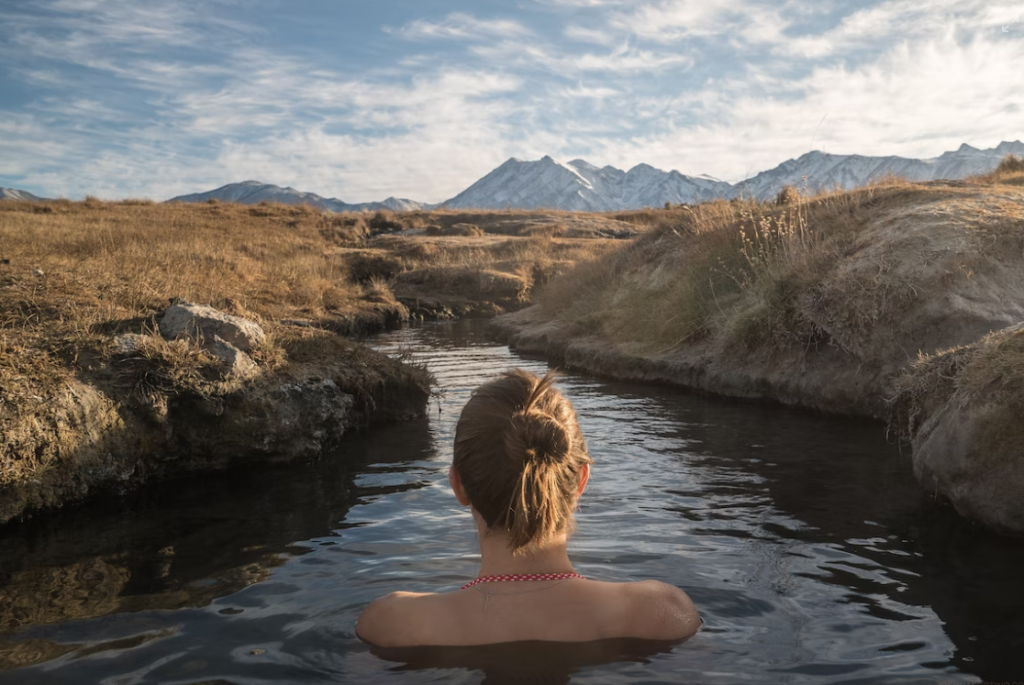How to Visualize a Relaxation Script For Anxiety?
Learn how to visualize an anxiety relaxation script.

Selfpause Affirmation App
Download the app to get 1,000’s of affirmation meditations and everything you need to write, record and listen to your own.
If you suffer from social anxiety, you may wish to learn how to visualize a good time at a party. You can also try to visualize a beach setting. However, you should consult a doctor before you begin relaxation training. For this exercise, you should be in a quiet environment, without distractions. To begin, loosen your clothes and remove any eyeglasses or contacts. Also, rest your hands in your lap or on the arms of a chair.
Guided imagery

Guided imagery is a helpful technique for people who have a difficult time dealing with stressful situations. The process can help them relax and calm down. This can lead to improved emotional and physical health. Whether you are experiencing a panic attack, a fear of public speaking, or a feeling of general anxiety, guided imagery is beneficial.
The technique involves visualizing a positive, relaxing place to calm yourself. During this time, you may imagine a wise ‘guide’ who will answer your questions. This ‘guide’ represents your subconscious mind. This helps you break the cycle of negative thinking. The goal is to replace negative thoughts with more positive ones.
When you are attempting guided imagery for anxiety, you will want to be in a relaxed position and be able to concentrate. Progressive muscle relaxation can be an excellent way to achieve this. You can also try removing all thoughts from your mind before beginning the visualization. You should also avoid judging your mind when it is cluttered with thoughts. If you are able to do this, you can be sure that you’re using guided imagery effectively.
The benefits of guided imagery for anxiety are many. Aside from reducing stress, it can also relieve physical tension and access your inner wisdom. Using this technique can help you reduce the effects of stressful situations, create a positive frame of mind, and de-stress in a matter of minutes. It can also help you stay resilient in the face of difficult situations.
Guided imagery for anxiety may be effective in reducing psychological distress in a vulnerable population, such as cancer patients. It can reduce anxiety in a short period of time, making it a convenient and inexpensive intervention for patients. It can be delivered by a variety of healthcare professionals and is a low-cost alternative to other forms of treatment.
A GIFT intervention consists of two in-person sessions with a trained interventionist, as well as ongoing access to guided imagery exercises via an MP3 player. Participants will follow a structured study manual, which outlines the rationale behind the study and describes the content of each session. Interventionists will undergo training sessions by the study’s principal investigator (PI), where they learn how to conduct the intervention. The training sessions will include a review of each component of the intervention and role-play exercises.
Relaxation script

If you are suffering from anxiety, a relaxation script can help you deal with your symptoms. It has been shown to calm the mind and muscles and even help with panic attacks. Many people struggle with anxiety due to fear of flying. Relaxation scripts can help you overcome your fears and help you sleep at night.
A relaxation script gives instructions on visualization, breathing, and muscle relaxation to help you calm yourself. You can download one on the internet or create one yourself. To get started, close your eyes and imagine a tranquil oasis or a nice place. Then, breathe deeply and slowly. Repeat this several times.
Another way to overcome your anxiety is to learn how to meditate. Practicing meditation helps you face your fears and other issues. For best results, sit comfortably, close your eyes, and breathe deeply. Begin with three deep breaths. These breaths will reset your body and mind for meditation. Once you’ve mastered breathing, think about your fear. Your fears can be a result of grief, sadness, or anger. You can also learn how to let go of these emotions by using a meditation script.
If you’re socially anxious, try to picture yourself having a good time at a party. You can even picture yourself being at a beach. It’s a good idea to consult a medical professional before you begin relaxation training. Then, choose a time and place to relax. The best time to relax is when you’re not worried about being in public.
Meditation has many benefits, including the relief of stress and anxiety. It also helps with muscle tension. It is an effective way to deal with anxiety, stress, and depression. Meditation has become a popular method for coping with stress. It helps you relax and enter a state of calm. Relaxation scripts help you to experience this state.
Hot springs

Visualizing a relaxing day at a hot spring is an excellent way to deal with anxiety and reduce stress. These natural water sources are all over the world, and humans have been using them for thousands of years. In the script, you will hear the sound of water bubbling and see yourself relaxing in a natural hot spring.
You’ll feel pampered as you float in the warm water. You’ll feel your muscles relax, and you’ll be surrounded by beautiful scenery. As you imagine yourself lying in a natural hot spring, you’ll see how the warm water gently slopes to the edge. The warm water feels comfortable and weightless, and your arms feel like they are floating on the air.
The waters of a hot spring are shallow, and you can easily step in and out of the water. The water feels warm on your feet, and the air is cool. Rocks in the hot springs make a comfortable seat, and the water is only a few inches deep. You’ll also notice that the water is at your chin height.
Mindfulness meditation
The mind benefits greatly from meditation, and it is a great way to alleviate anxiety. It has been proven to improve mental clarity, increase creativity, and reduce stress, and this can make it a valuable tool in the battle against anxiety. In this article, you’ll find a free mindfulness meditation script for anxiety that will help you calm your body, mind, and spirit.
This meditation involves paying attention to your breath and noticing any worrying thoughts. Then, bring your attention back to breathing, and notice how your body feels as you do so. When your breathing feels more relaxed, open your eyes and take it with you. This technique helps you to handle any stressful situation in a calm and controlled way.
To begin your meditation, sit up straight and comfortably in a chair or comfortable chair. Close your eyes and take a deep breath, counting three times in and four times out. As you exhale, imagine your breathing releasing all tension, stress, and anxiety. Breathe deeply and in and out for twenty to thirty minutes.
As you practice mindfulness, you will notice different thoughts and images. You may notice that you’re thinking about a recent news report, or you might be worried about the effects of a pandemic on the world. If this happens, try thinking of how a pandemic can affect you and how you can help.
Meditation scripts are also helpful in assisting individuals to relax and achieve a state of tranquility. These scripts offer to breathe, muscle relaxation, and visualization instructions to help the body relax and be fully present. Whether you’re a teacher or a student, a meditation script can help you improve your ability to focus, learn, and relax.
One important aspect of a mindfulness meditation script for anxiety is its ability to address negative thoughts. Listeners are instructed to note their thoughts while meditating and to use phrases such as “arising, passing, and coming” to emphasize the transience of each thought. The script also addresses the tendency to let the mind wander and re-ground the listener in the present moment. This script is best read aloud for maximum effect.
Our Top FAQ's
Some common techniques used to visualize a relaxation script for anxiety include using imagery to picture calming scenes or situations, focusing on specific objects or details in the scene, and using guided visualization exercises or scripts that guide the individual through a relaxation process.
Visualization can be helpful for reducing anxiety because it allows the individual to focus their attention on a calming image or scenario, which can help to distract from anxious thoughts and emotions and promote a sense of relaxation. It can also help to activate the body’s relaxation response, which can have a calming effect on the mind and body.
To create your own relaxation script for visualization, you can start by thinking about scenes or situations that are personally calming or soothing to you. These could be real or imagined places, and might include elements such as nature, water, or peaceful environments. You can then describe these scenes in detail and include specific details, such as colors, sounds, and sensations, to make the visualization more vivid and immersive. You can also consider using relaxation techniques such as deep breathing or progressive muscle relaxation in conjunction with the visualization to further enhance the relaxation response.
When using visualization to manage anxiety, it can be helpful to set aside a specific time and place to practice, and to create a comfortable and relaxed environment. It can also be helpful to find a comfortable position, such as lying down or sitting in a chair with good posture, to help you feel more at ease. You may also want to consider using relaxation music or sounds to enhance the visualization experience.
Visualization can be used in conjunction with other anxiety management techniques, such as deep breathing or progressive muscle relaxation, to further enhance the relaxation response. For example, you could use deep breathing techniques to help you relax before beginning a visualization exercise, or you could incorporate progressive muscle relaxation techniques into the visualization itself. Combining these techniques can be a powerful way to manage anxiety and promote a sense of calm and relaxation.
